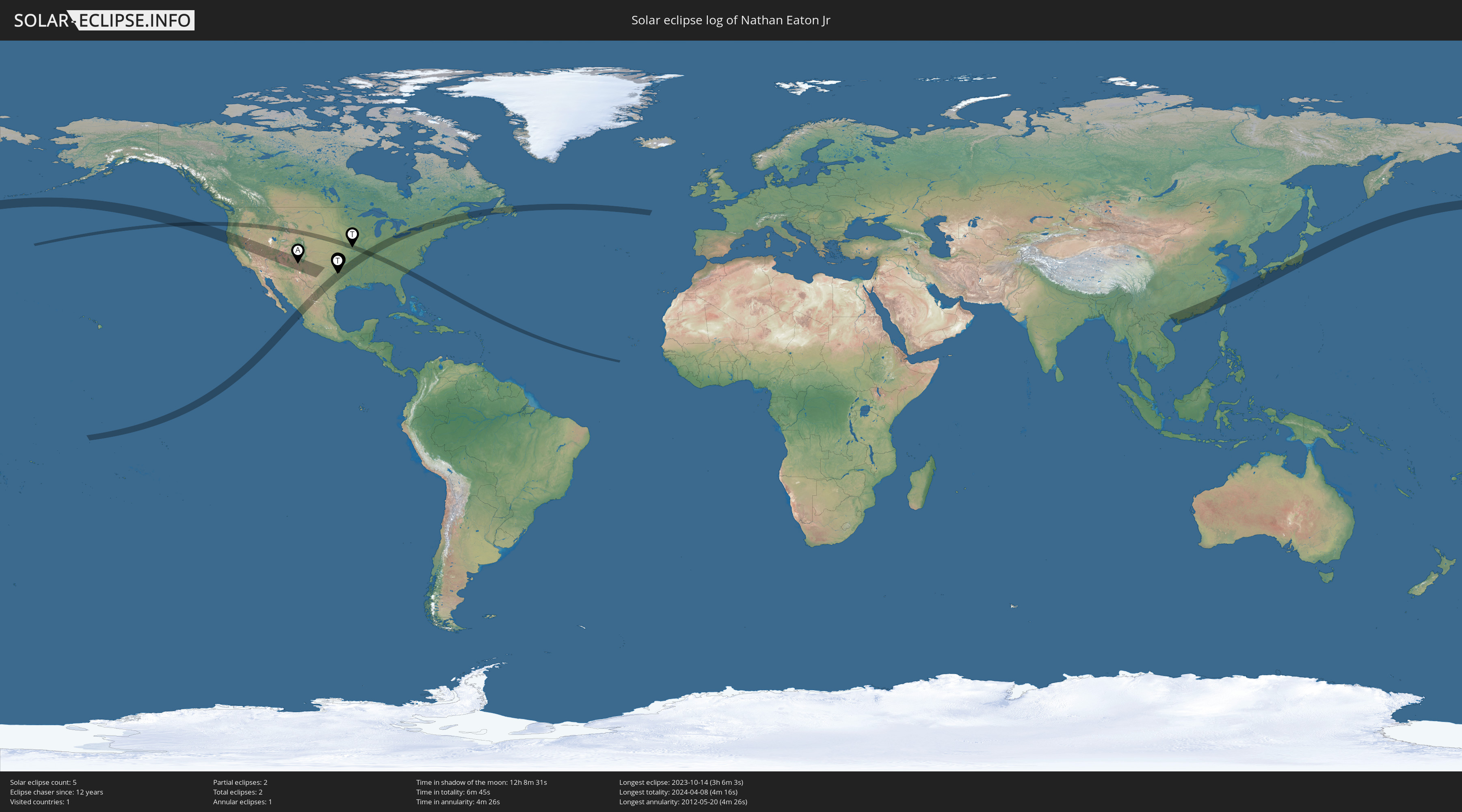Although it may seem from most of my posts that this blog is all about astronomy, sailing is also one of my passions so it's time to talk about that for a change.
Saturday was the start of the latest round of the America's Cup, the longest running sporting event in the world. It's always been a rich man's sport, seeing who can build the biggest, fastest boat. The defender this time is Emirates Team New Zealand and they are battling the challenger, Ineos Britannia who beat out 4 other teams (including American Magic) for the privilege. Although the regatta is usually sailed on home waters of the defender, for 2024 New Zealand opted to have the racing held in Barcelona, Spain.
This time, the "biggest, fastest boats" are the AC75, a 75 foot long foiling sailboat built to sail up to 50 knots (58mph). Actual speeds have been clocked at 55.5 knots (63.9mph)! They have crews of 8 and that includes 4 "cyclors", guys pedaling on equipment like a stationary bike to provide all the power required to operate the boat.
Starting in the 2013 edition (raced on San Francisco Bay with AC72s, wind-sailed foiling catamarans), the America's Cup introduced cutting-edge technology originally developed for football broadcasts. Using special cameras with precision positioning, they can now digitally draw the race course on screen. Remember the first time you watched a football game and noticed the down line seemingly painted on the field, yet players could walk in front of it? Since 2013, this same tech has been applied to the America's Cup, growing more sophisticated with each edition.
Watch this 1 minute clip from the Louis Vuitton challenger series, featuring Great Britain racing against Italy whom they later defeated for the right to face New Zealand. It showcases what makes the America's Cup so captivating: the speed and size of the boats, the mind-boggling sight of sailboats flying across water at near-freeway speeds, the intense competition and tactics, and even the digital augmentation. The latter is used to illustrate how the wind coming off the sails of the lead boat creates "disturbed air," which the tailing boat tacks (turns) to avoid.
While this is worlds apart from the typical sailing we do on Dallas lakes, the America's Cup has long held a fascination for me!





















 The journey continues beyond 2009... check it out!
The journey continues beyond 2009... check it out!

No comments:
Post a Comment